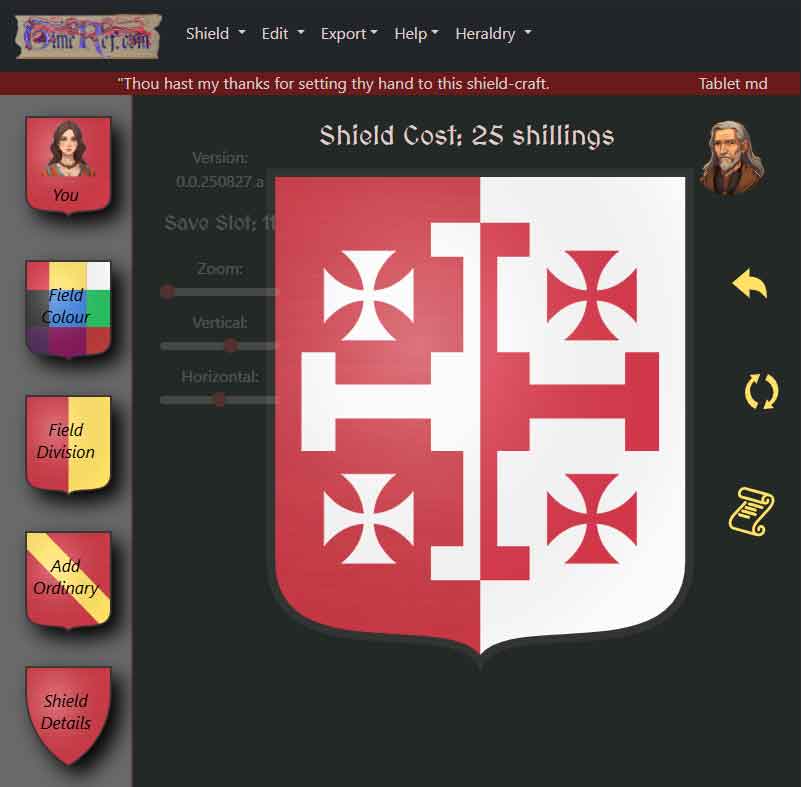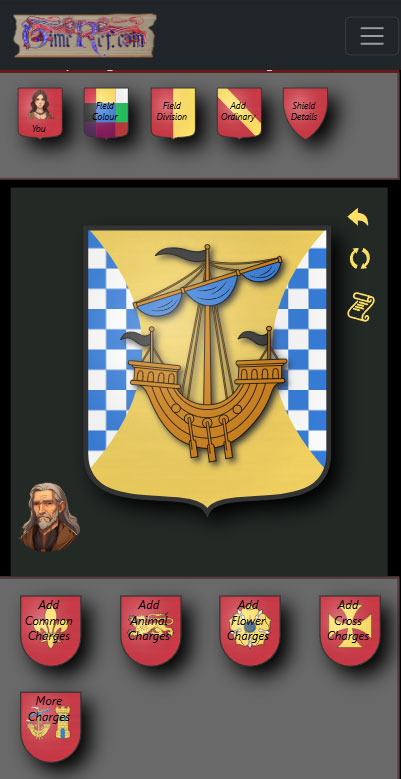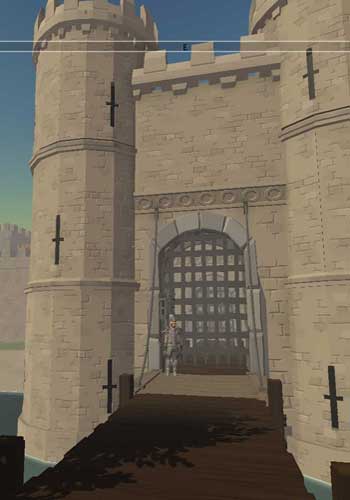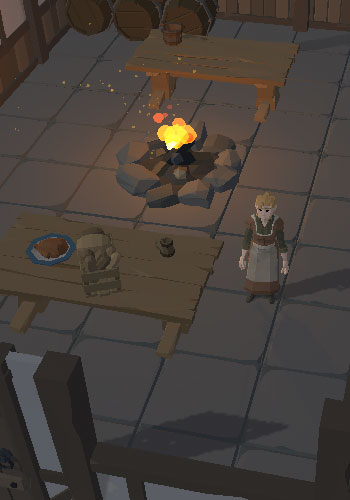 lthough Westminster Abbey holds the distinction as being the church where kings and queens have been crowned since Harold, St. Paul's is where the people of the country turn to in times of national crisis and rejoicing. The present Cathedral is possibly the third or fourth religious building to be constructed on the site. The land on which the cathedral is built is the highest in the area and as such was the most likely location for such a building. During excavation work in 1830, a stone alter with a sculpture of Diana was found and this indicates that there was a temple dedicated to Diana on the site at the time of the Romans. In 610 Ethelbert, King of Kent, built the first Cathedral on the site after he was converted to Christianity by St. Augustine. It could have been St. Paul's Cathedral that was chosen as the primary site for Christianity in England, but opposition meant Canterbury was chosen instead. Mellitus was the first Bishop of London and was followed by Cedd, who came from Northumberland to help convert the Pagans of East Anglia to Christianity. St. Paul's became an important pilgrimage destination bringing much needed money to the site. Visiting the shrine of St. Erkenwald, the fourth Bishop, was a popular reason people made the journey.
lthough Westminster Abbey holds the distinction as being the church where kings and queens have been crowned since Harold, St. Paul's is where the people of the country turn to in times of national crisis and rejoicing. The present Cathedral is possibly the third or fourth religious building to be constructed on the site. The land on which the cathedral is built is the highest in the area and as such was the most likely location for such a building. During excavation work in 1830, a stone alter with a sculpture of Diana was found and this indicates that there was a temple dedicated to Diana on the site at the time of the Romans. In 610 Ethelbert, King of Kent, built the first Cathedral on the site after he was converted to Christianity by St. Augustine. It could have been St. Paul's Cathedral that was chosen as the primary site for Christianity in England, but opposition meant Canterbury was chosen instead. Mellitus was the first Bishop of London and was followed by Cedd, who came from Northumberland to help convert the Pagans of East Anglia to Christianity. St. Paul's became an important pilgrimage destination bringing much needed money to the site. Visiting the shrine of St. Erkenwald, the fourth Bishop, was a popular reason people made the journey.The first of three serious fires in the Catherdral's history took place in 961 or 962. But money for rebuilding was not a problem as the church was supported by the Saxon kings. Edward the Confessor became King of England in 1042 and in 1044 he gave the Bishopric of London to Robert of Jumieges, the first Norman bishop. In 1087, the same year as the death of William the Conqueror, another serious fire took hold within the Saxon Cathedral leading to its destruction. The remains of the old Saxon church were wiped away and construction of a new Norman building using the latest techniques was started under the direction of the Norman bishop, Maurice.
















